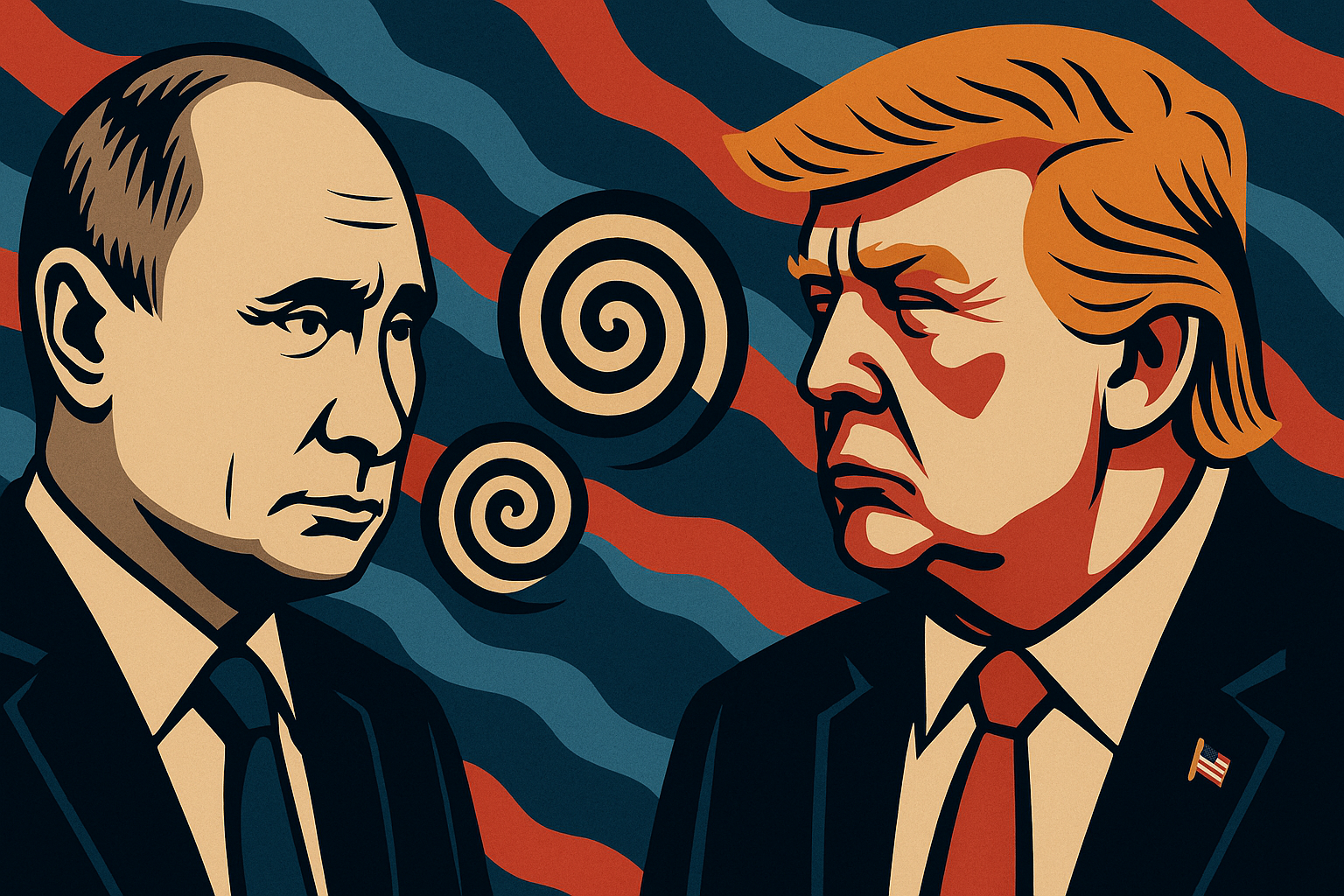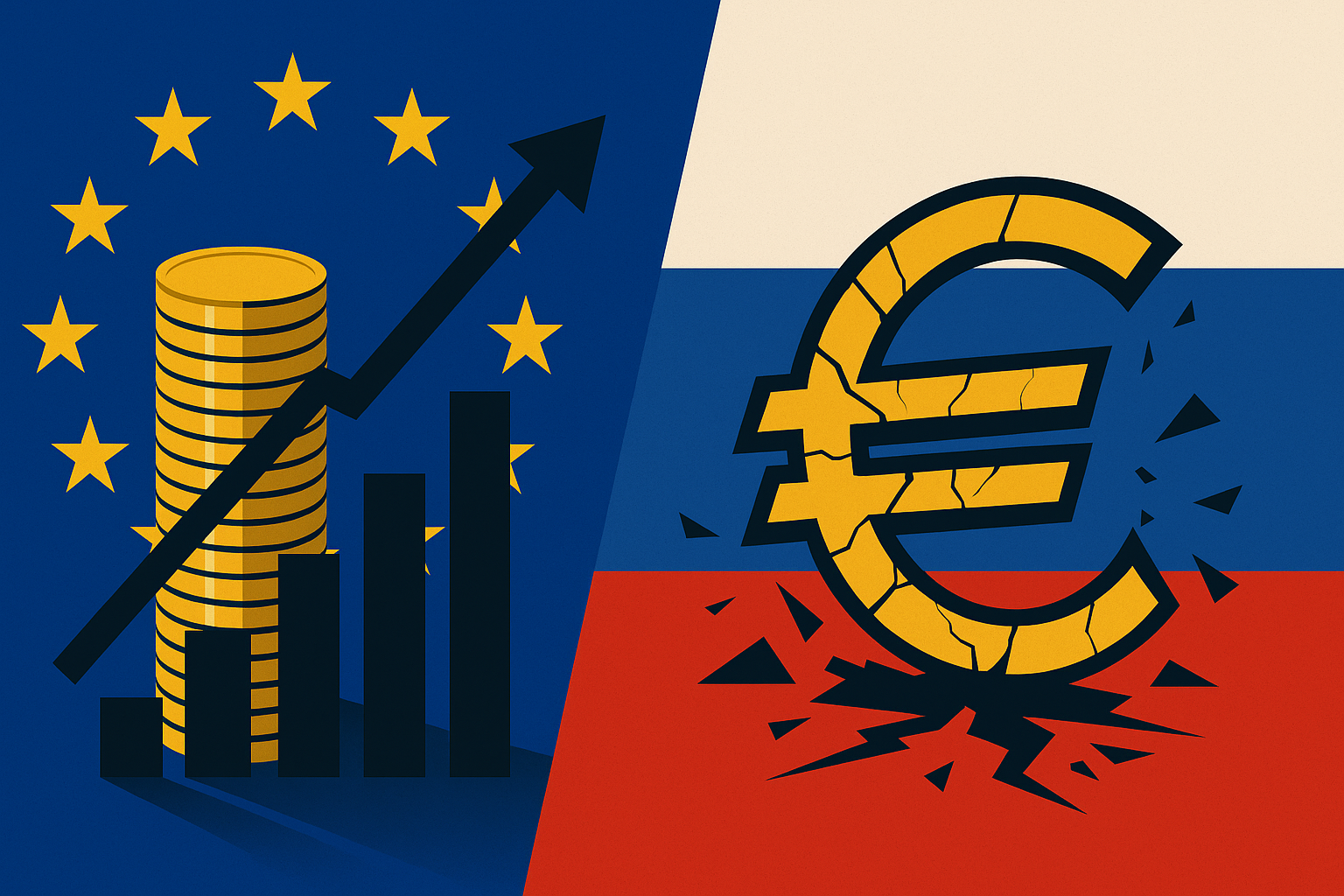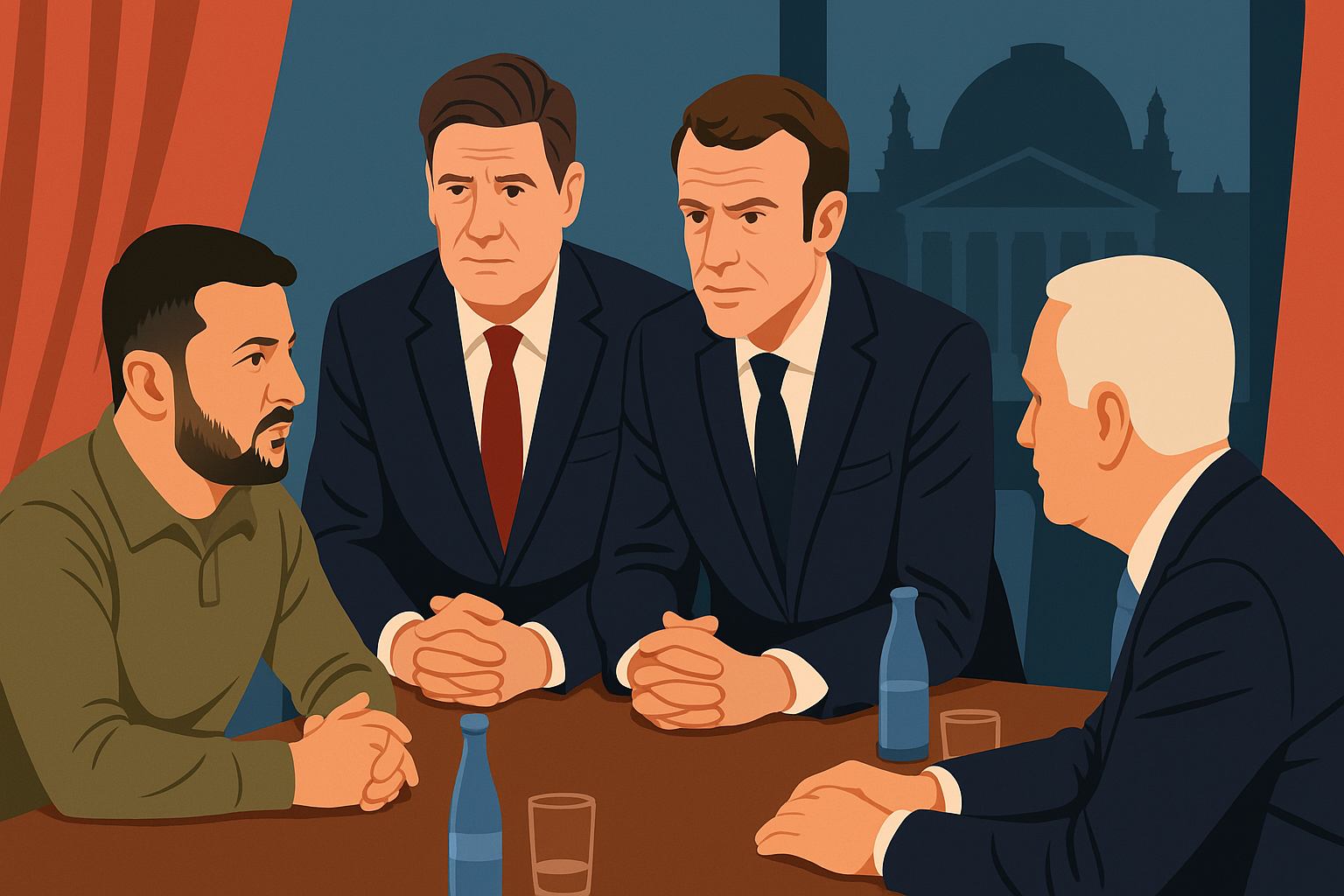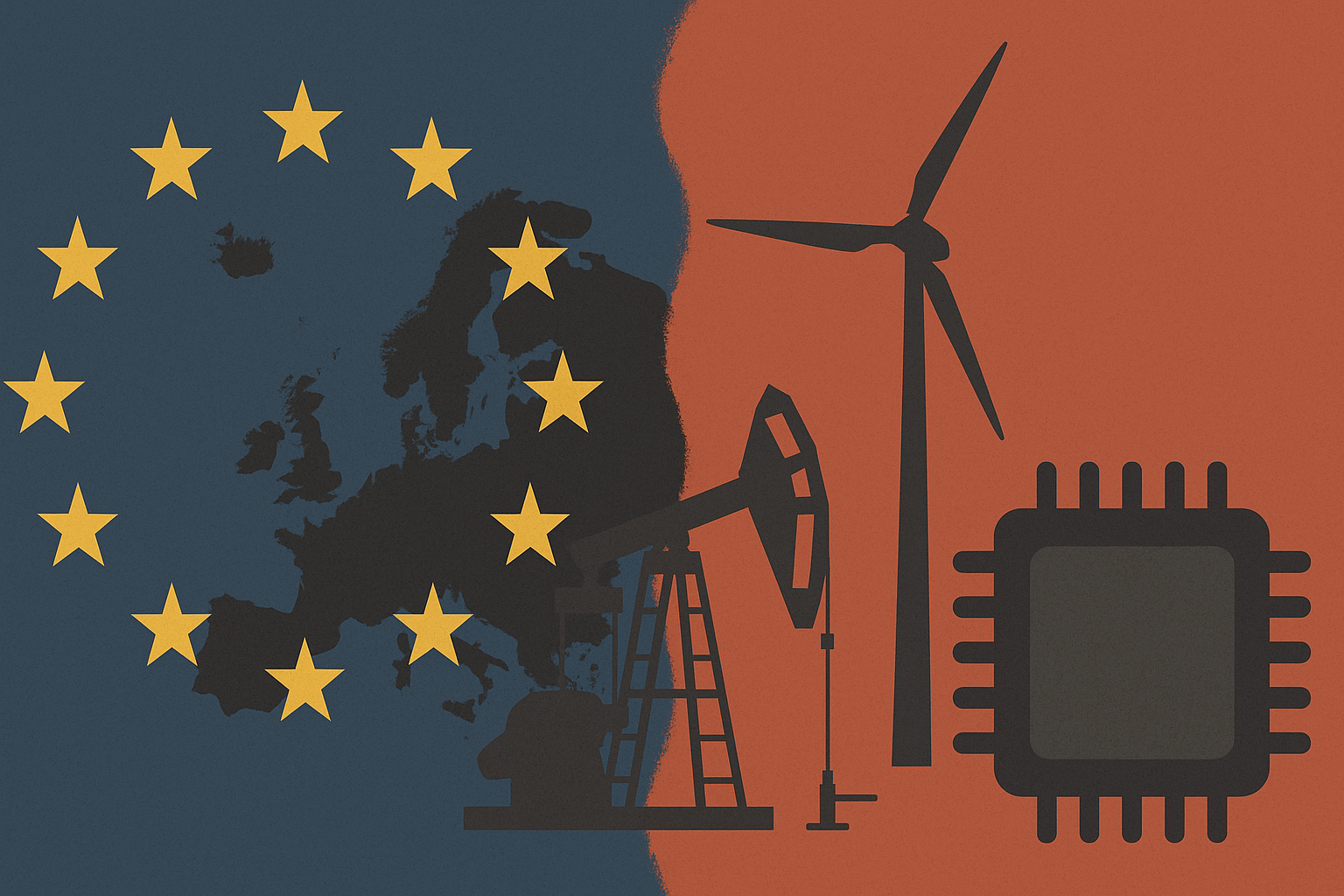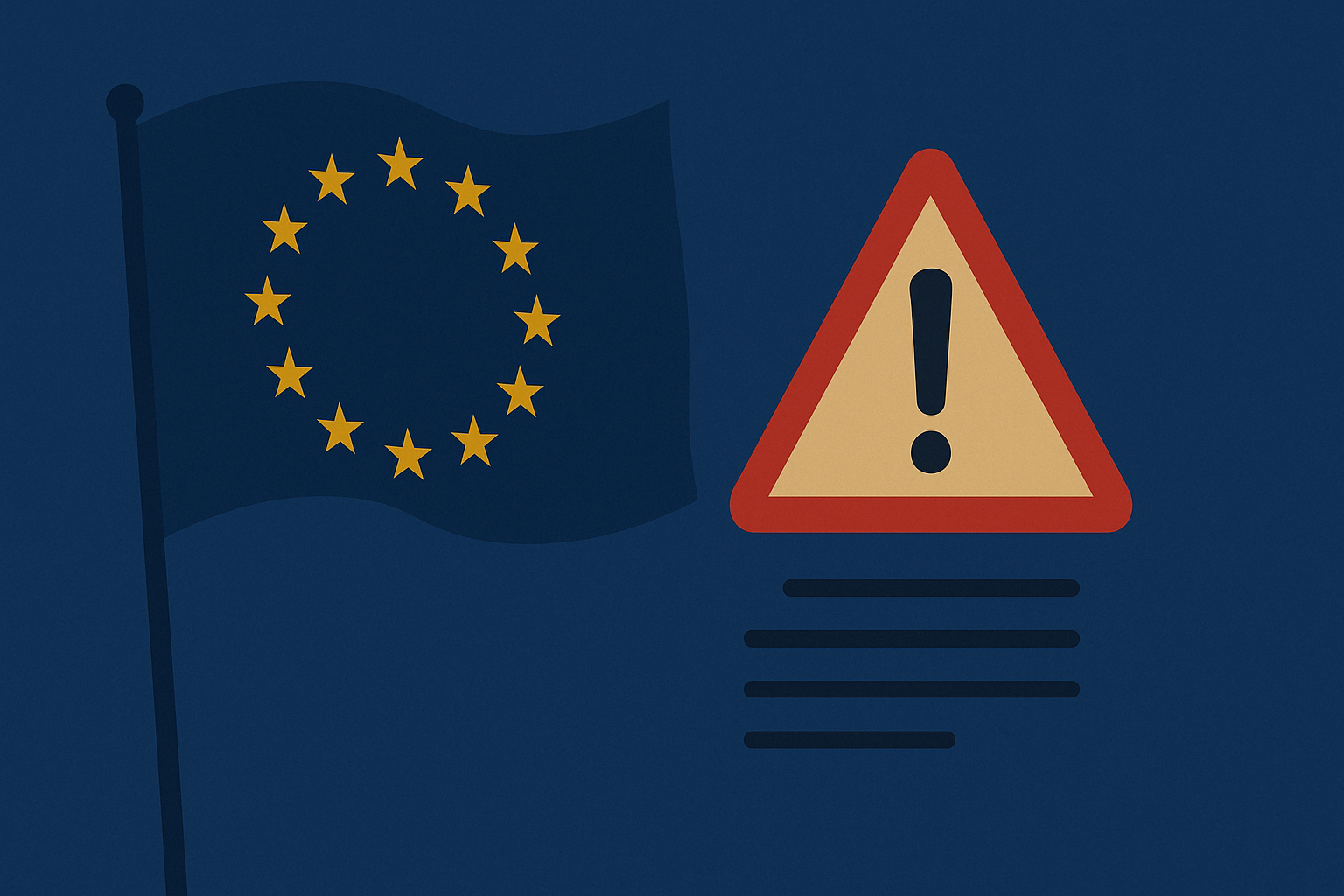Ukraine and its European partners are preparing a new peace proposal designed to maintain U.S. engagement in potential negotiations with Russia, amid growing uncertainty over President Donald Trump’s stance on Moscow’s territorial ambitions.
The plan — expected to be unveiled on Friday — is being developed jointly by national security advisers from several European nations, according to EU officials. It will propose the creation of a “peace board” chaired by Trump, modeled on a similar framework the U.S. has promoted for post-war Gaza governance.
A Push to Define Negotiations by the Current Frontline
Kyiv and its allies have emphasized that any peace talks must begin from the current line of contact, rejecting calls for Ukraine to surrender additional territory.
In a joint statement issued on Tuesday, Ukrainian President Volodymyr Zelenskyy, alongside leaders of France, Germany, Italy, the UK, and European Commission President Ursula von der Leyen, reaffirmed that “the current line of contact should be the starting point of negotiations.”
The statement follows a tense meeting last week in which Trump reportedly urged Zelenskyy to cede the entire Donbas region to Russia — before later backing a temporary freeze along existing territorial positions.
Moscow Rejects Trump’s Ceasefire Concept
Russia dismissed Trump’s proposal for an immediate ceasefire. Foreign Minister Sergei Lavrov said the idea contradicted agreements reached between Trump and President Vladimir Putin at an earlier meeting in Alaska in August.
Plans for a Trump-Putin summit in Budapest have since been thrown into question after Lavrov and U.S. Secretary of State Marco Rubio failed to reach consensus during a recent call about preparatory talks. Kremlin spokesman Dmitry Peskov confirmed there was currently “no understanding” on when the summit might occur.
The Battlefield Context
The current frontline — stretching over 1,300 km — cuts through Kharkiv, Luhansk, Donetsk, Dnipropetrovsk, Zaporizhzhia, and Kherson regions.
Russian forces continue to make gradual advances in the Donbas, where Moscow now controls roughly 78% of Donetsk and 99% of Luhansk. However, it holds only small pockets in the Kharkiv and Dnipropetrovsk regions.
Despite claiming to have annexed Zaporizhzhia and Kherson in September 2022, Russia controls only about 73% of each — annexations that Ukraine and the international community refuse to recognize.
Speaking aboard Air Force One on Sunday, Trump told reporters:
“Let it be cut the way it is. It’s cut up right now. I think 78 per cent of the land is already taken by Russia. You leave it the way it is right now… stop fighting, stop killing people.”
His remarks underscored the growing rift between Washington’s current position and the stance of Ukraine and its European allies, who insist that any agreement cannot legitimize Russian occupation.
European Plan to Use Frozen Russian Assets
Alongside the peace framework, EU leaders are also working on a plan to redirect immobilized Russian state assets toward a €140 billion “reparations loan” for Ukraine.
The proposal — set for discussion at this week’s European Council summit in Brussels — would leverage interest generated from frozen Russian central bank reserves, most of which are held in Belgium. Brussels is seeking legal guarantees before moving forward but is not expected to block the initiative.
Member states remain divided over how the funds should be used:
- Germany supports allocating the money primarily for military equipment.
- France wants priority for European-made weapons systems.
- Sweden and the Netherlands favor allowing Ukraine to choose its own spending priorities.
Ukraine’s Procurement Needs
According to diplomatic sources, Foreign Minister Andriy Sybiha told EU counterparts this week that Ukraine would first look to Europe for supplies it cannot produce domestically but would still need key U.S. systems, such as Patriot air defense missiles.
The upcoming peace plan and financial measures signal a coordinated European effort to maintain Western unity — and ensure that any eventual settlement between Kyiv and Moscow keeps Washington involved, even as geopolitical divisions deepen over the terms of peace.



